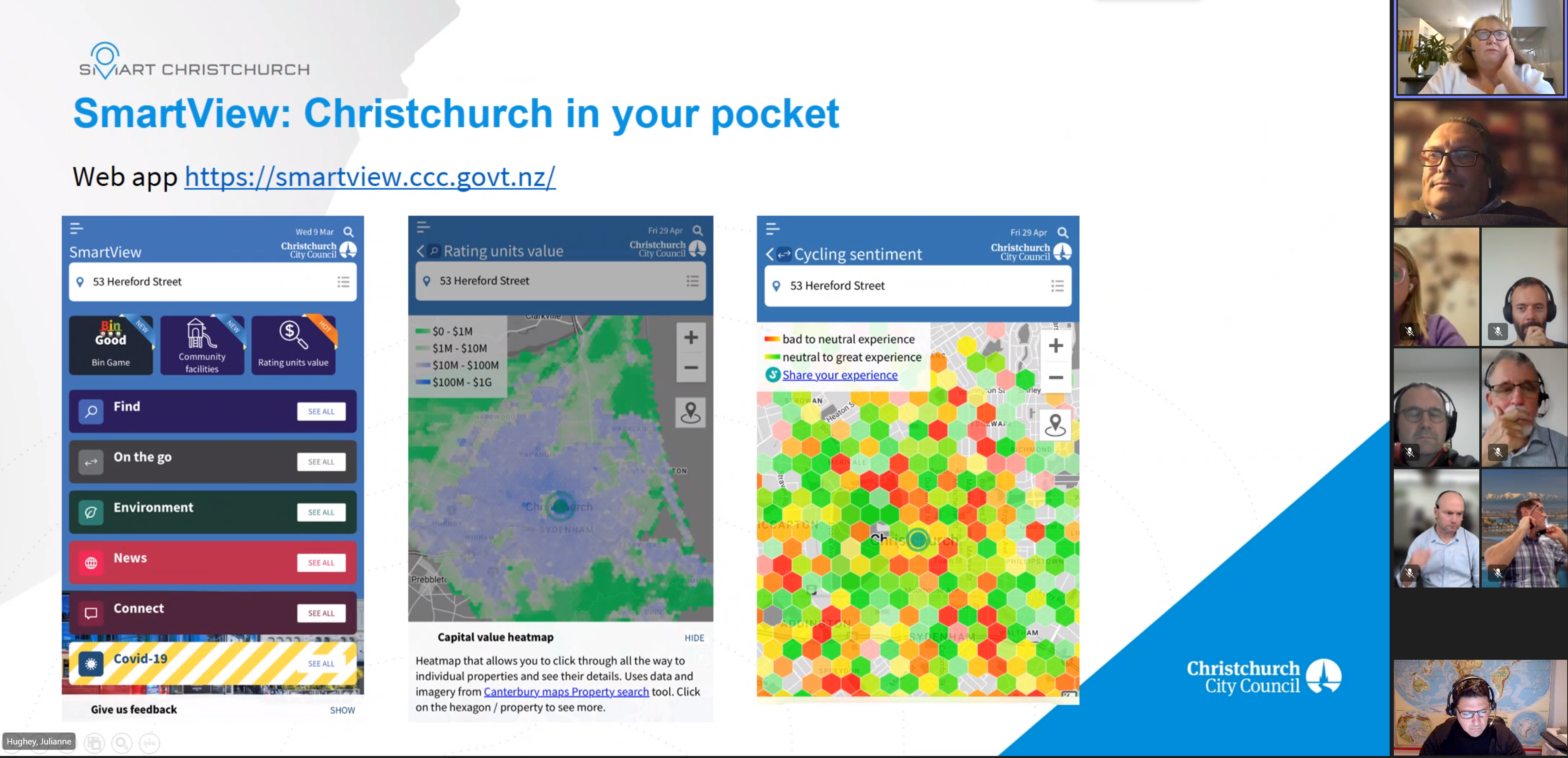As a follow-up to the bilateral study visits conducted in Europe and New Zealand in November and December 2022 respectively, experts from Vitoria-Gasteiz and Christchurch city councils discussed online the next steps for the collaboration in the smart city area. The action identified is the adaption of Christchurch’s smart city interface “SmartView” to Vitoria-Gasteiz’s open data portal. The portal was developed by the Smart Cities Christchurch programme coordinated by Michael Healey from Christchurch City Council (CCC) and features data gathered from a range of public and private organisations, making information easy to access. Categories include public services & facilities, green areas, incidents and urban play – just to mention a few of the 80 data sets featured. As CCC representatives stated during the meeting, “this data playground lets citizens understand their city; explore their city; and engage with their city” – for instance, by making use of the city audio tours featured or checking out available e-bikes in real-time. SmartView doesn’t replace dedicated apps or sites like Google Maps, Transport for Christchurch, or Metroinfo. “Instead, it combines scattered data into one simple site. Because it’s a website, not an app, it can be used in any browser, on any device” – they stated. For further information on the Smart View App, please see: https://smartview.ccc.govt.nz/.
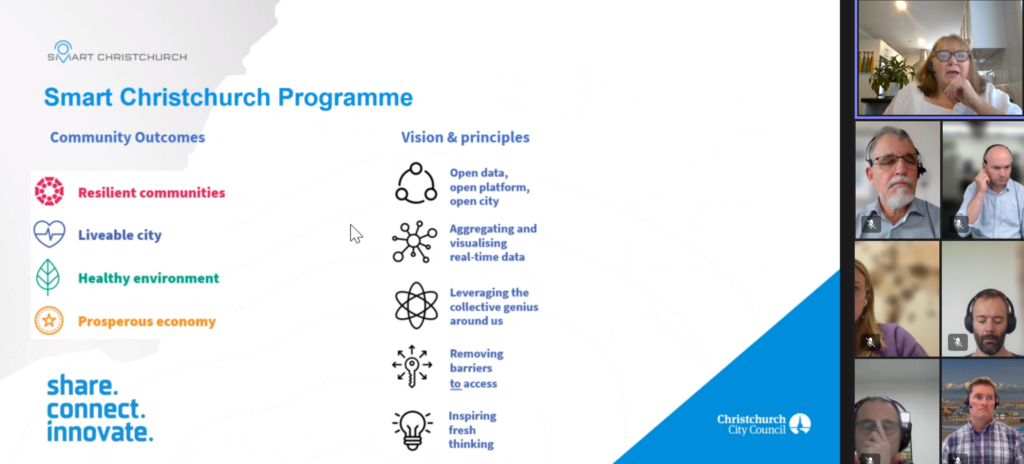

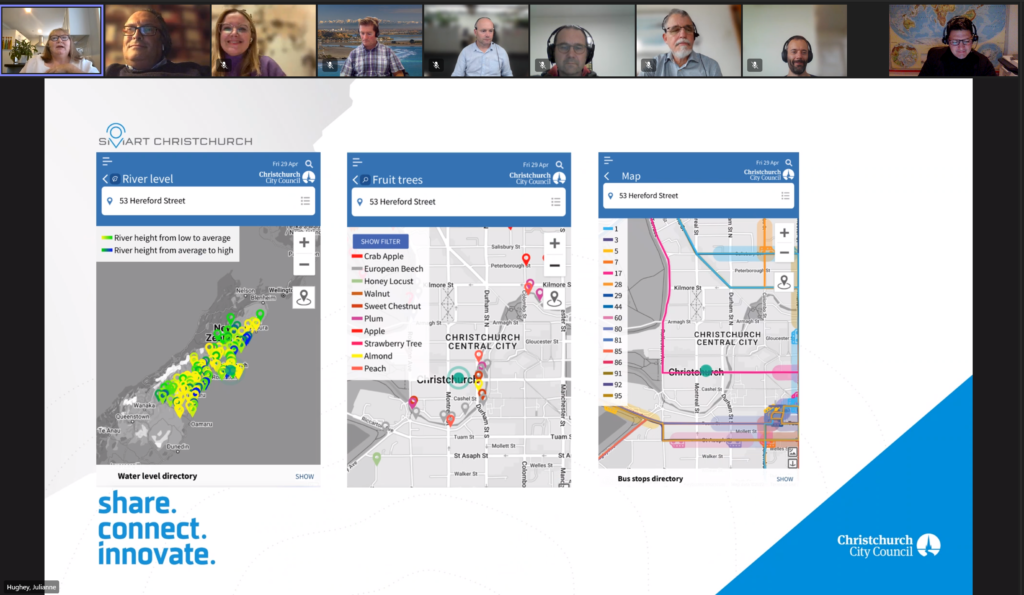
The pilot action discussed during the online meeting focuses on the implementation of the Green House Gas Emissions Tracker, a section of SmartView, in Vitoria-Gasteiz. The tracker shows CO2 emissions in the transport and energy sectors, providing citizens with relevant information for behavioral change. Some of the datasets used include heating, buildings, waste and electricity.


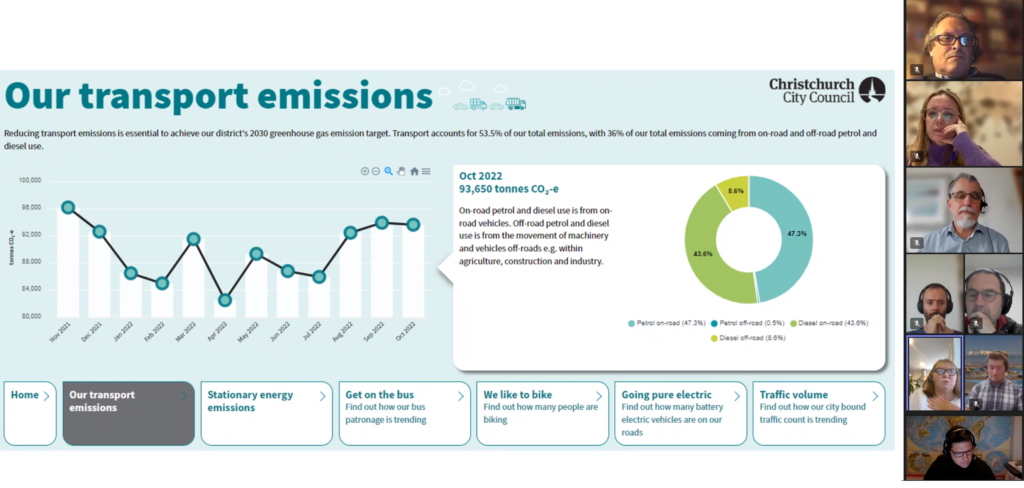
During the online meeting, representatives from Vitoria-Gasteiz explained the high relevance of this data portal for the implementation of the Local Agenda 2030 launched in October 2022. The former EU Green Capital 2012 was selected last year as one of 100 cities from European Union member states to scale and speed up climate actions in order to become climate neutral by 2030 (so-called EU Cities Mission – see video here). Vitoria-Gasteiz also has a web tool – GEO Vitoria-Gasteiz – through which citizens can consult maps of different information or the exact location of municipal services and facilities. The tool allows searching for points of interest, streets, buildings, etc., to establish and calculate itineraries around the city. It also allows finding events announced on the municipal website, so that citizens can find out how to attend them. However, the interface is not as clear and intuitive as SmartView, it has a very limited set of data and it doesn’t integrate external datasets.

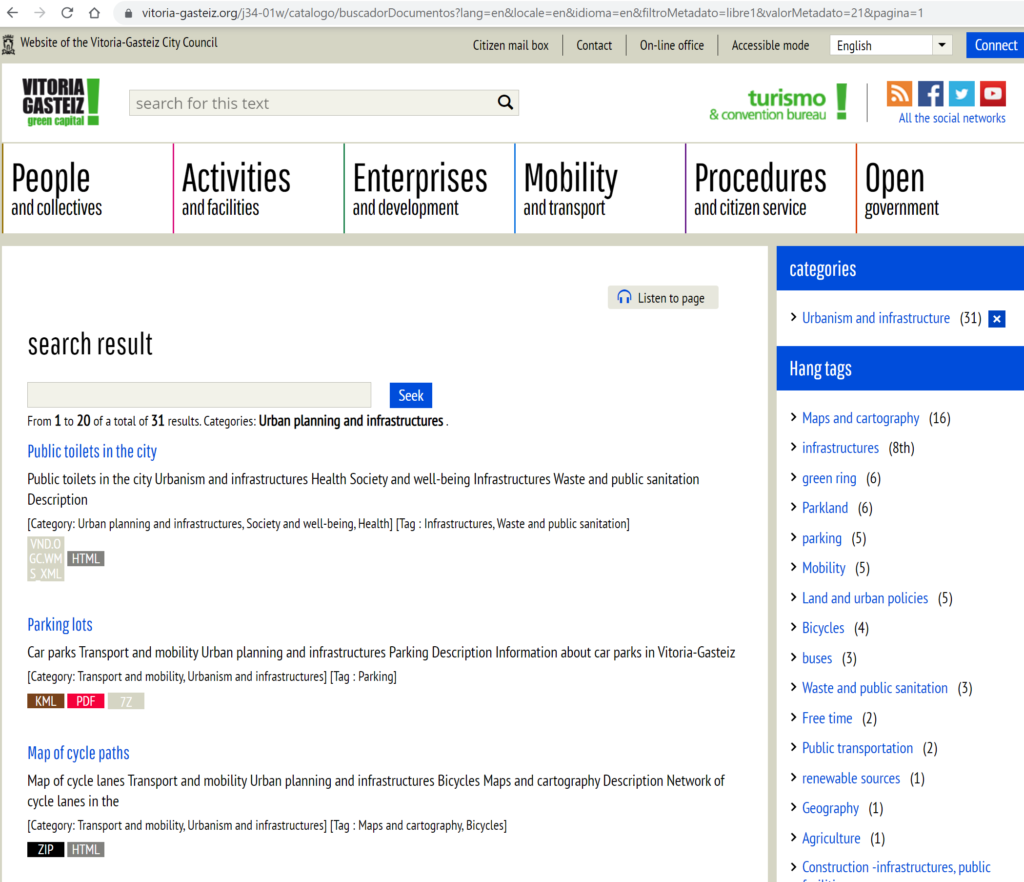
Experts discussed data governance, comparing gathering and management procedures. Tony Moore (coordinator of CCC participation at the IURC), Julianne Hughey and Michael Simek (both from Smart Cities Christchurch) mentioned some lessons learned since the Smart View went live end of 2021. They emphasised that it’s key to make a quick start and then to adapt to unforeseen challenges, be it from the data or from the demand side. Good quality data sets are crucial, said Michael Simek, the interface/software developer at Smart Cities Christchurch. Herefore, building partnerships with private sector operators is crucial, for instance in the case of the three e-scooters/e-bikes providers in Christchurch. CCC experts also referred to the possible next steps of the Green House Emission Tracker in order to include CO2 emissions from the industry.
It was agreed to conduct further conversations with key stakeholders in Vitoria-Gasteiz and to identify themes for datasets that are important to the citizens. The next meeting will be held at technical level to train Spanish data specialists on the technology used in Christchurch’s “SmartView” which has been developed by Michael Simek and colleagues from Christchurch City Council (CCC).
